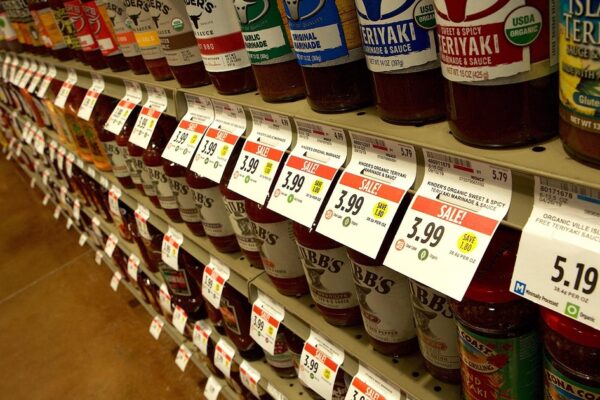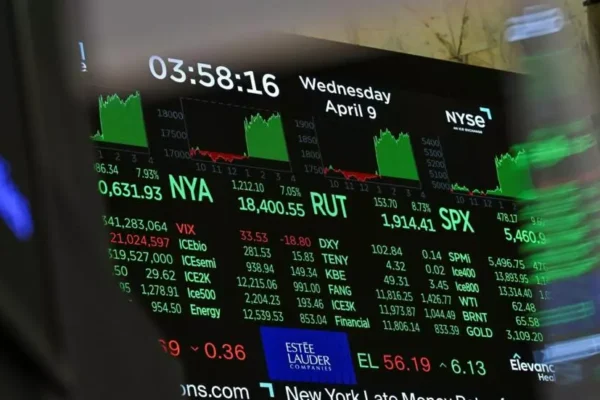
Inflation Slows in April, But Tariff Concerns Linger
New data shows that inflation cooled in April, giving some relief to consumers and economists alike. According to the latest figures, prices rose by just 0.1% last month, bringing the annual inflation rate down to 2.1%. That number is the closest it’s been to the Federal Reserve’s long-term target of 2% since late 2024. It suggests that efforts to rein in inflation may finally be gaining traction after months of stubborn price pressures. Core inflation, which excludes more volatile categories like food and energy, also increased by only 0.1% in April. Over the past year, core prices are up 2.5%, the slowest pace seen since early 2021. While these numbers are encouraging, there’s still uncertainty ahead. Recent tariffs introduced by the Trump administration could lead to higher prices later this year, depending on how businesses respond to the added costs. Consumer spending slowed as well, rising just 0.2% in April compared to a 0.7% increase in March. This shift may reflect growing caution among households as economic conditions remain unpredictable. On a more positive note, personal income rose 0.8% last month. This was helped in part by changes to Social Security benefits and cost-of-living adjustments that boosted paychecks for many Americans. The savings rate also climbed to 4.9%—its highest point in the past year. This indicates that consumers may be choosing to hold onto more cash as a buffer against future volatility. The Federal Reserve is likely to keep interest rates steady for now, watching closely to see how tariffs and other policy changes impact inflation in the months ahead. For the moment, however, the latest report signals some welcome progress in the ongoing battle against high prices.




